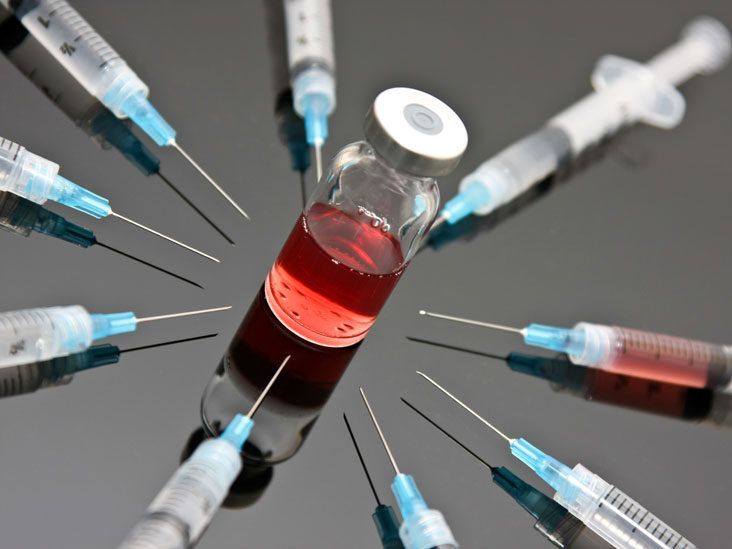
Medication injections are a method of administering drugs directly into the body through various routes, including intramuscular (IM), subcutaneous (SC), intravenous (IV), and intradermal (ID). Injections are used to deliver medications that cannot be taken orally, require rapid absorption, or are needed for local effects. They are commonly used in medical treatments, vaccinations, and managing […]
Medication injections involve delivering drugs directly into the body tissues or bloodstream using a needle and syringe. This method allows medications to bypass the digestive system for immediate action or to ensure a specific concentration reaches the targeted area efficiently. Injections can be administered by healthcare professionals or self-administered under guidance for certain medications.
During a medication injection procedure, the following steps typically occur:
© 2021-2025 Jackson Urgent Care. All Rights Reserved. Made With Love by Ignite Marketing Agency.